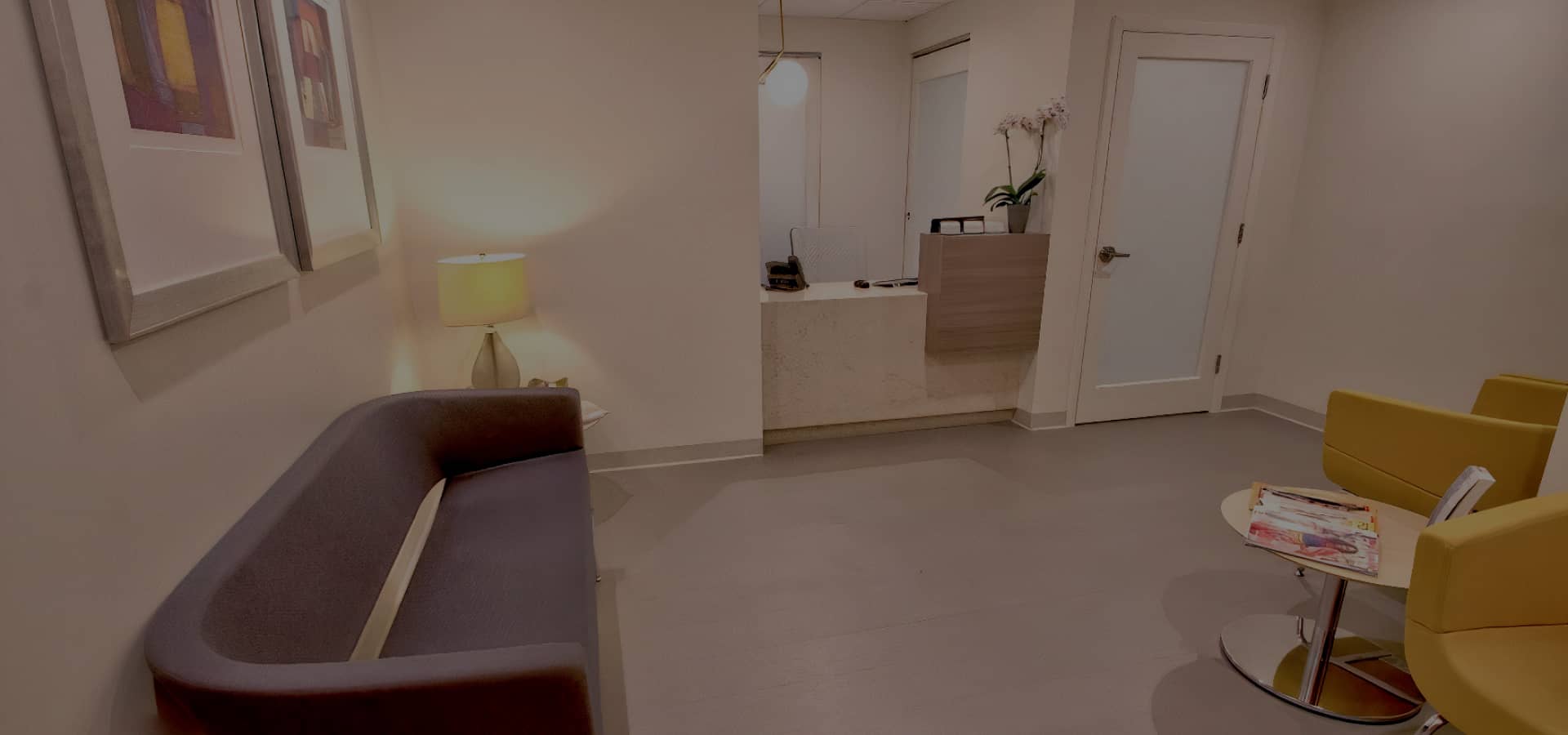Are you concerned about how a hanging nasal tip lobule may affect both your aesthetic appeal and respiratory function? You’re not alone. Many women find that this common nasal contour concern can influence self-perception and quality of life. Dr. Bared, an experienced plastic surgeon, brings forth an exceptional understanding of the delicate structures of the nasal tip and their pivotal role in facial harmony and nasal function. His expertise provides a foundation for comprehensive correction strategies tailored to women seeking improvement.
Impact of Hanging Nasal Tip Lobules on Women’s Aesthetics and Function
Psychological Effects
The presence of hanging nasal tip lobules can have profound psychological impacts on some women. As facial features play a significant role in self-perception and social interactions, any perceived deviation from the ‘norm’ may affect a patient’s self-esteem. Women with this nasal concern may become increasingly self-conscious about their nasal appearance, which can lead to a negative body image and even social anxiety. The desire to conform to societal beauty standards often prompts patients to seek corrective procedures, underscoring the importance of aesthetics in emotional well-being.
Functional Concerns
Functionally, a hanging nasal tip lobule can cause more than just cosmetic dissatisfaction; it can interfere with the nose’s basic functions. Patients may experience:
- Difficulty breathing due to obstruction of the nasal airway, especially when the lobule droops further during inhalation.
- Challenges with nasal hygiene as the altered shape can complicate cleaning and lead to a buildup of debris.
- Impairment in speech clarity, as the nasal airflow, is an essential component of phonation.
These functional issues highlight the integral part that nasal structure plays not just in appearance, but also in essential daily activities. Addressing these concerns can restore both function and confidence in affected individuals.
Surgical Correction of Women’s Hanging Nasal Tip Lobules
Nasal Tip Plasty Techniques
Nasal tip surgery, specifically nasal tip rhinoplasty, involves various surgical techniques designed to reshape the nose tip. Skilled surgeons may employ methods such as cartilage removal, suture techniques, or cartilage-sculpting techniques to achieve a refined nose. These effective procedures are part of traditional rhinoplasty but can also be performed as a standalone nose tip plasty, depending on the patient’s needs and aesthetic goals.
Preparing for Surgery to Correct Hanging Nasal Tip Lobules in Women
Consultation and Expectation Management
Before undergoing nasal tip surgery, female patients must have a thorough consultation with an experienced plastic surgeon. This step involves discussing the patient’s aesthetic goals, examining the entire nose, and understanding the potential outcomes of the surgery. Imaging in nose tip procedures can help patients visualize the expected results.
Preoperative Guidelines
Patients should follow specific preoperative guidelines to ensure a smooth surgical procedure and shorter recovery time. This includes abstaining from certain medications, arranging for postoperative care, and understanding all aspects of nasal surgery.
Selecting a Qualified Surgeon
Choosing an experienced surgeon, ideally, a plastic surgeon with extensive experience in nasal tip refinement surgery is critical. Patients should look for a surgeon who has a track record of successful outcomes in rhinoplasty patients and who can demonstrate their expertise through before-and-after photos of previous surgery cases.
Tip Rotation and Sculpting Process
Healing Timeline and Stages
The healing process after nasal tip surgery is gradual. Initially, patients may experience swelling and bruising, but these typically subside within weeks. A nasal splint may be used to support the new shape of the nose. The majority of patients can return to normal activities within a few weeks, although strenuous activities should be avoided for a longer period.
Tips for a Smooth Recovery
For a successful recovery, patients should follow their surgeon’s postoperative care instructions meticulously. This includes taking prescribed medications, avoiding excess physical activity, and attending follow-up appointments. Proper care ensures a shorter recovery period and desirable outcomes.
Understanding Risks and Complications in Women’s Nasal Tip Correction
Undergoing a rhinoplasty procedure, particularly focusing on the nasal tip, is generally safe when performed by an experienced plastic surgeon. However, as with any surgical procedure, there are inherent risks and potential complications that patients should be aware of.
Common Risks
- Infection: Although rare, there’s a risk of infection at the surgical site. Surgeons typically prescribe antibiotics to mitigate this risk.
- Bleeding: Some bleeding is expected during and after nose tip surgery, but excessive bleeding may occur in rare cases.
- Adverse Reaction to Anesthesia: Anesthesia is essential for a comfortable experience during cosmetic surgery, but some patients may have adverse reactions. Discussing previous anesthesia experiences with the surgeon can help assess this risk.
Specific Complications Related to Nasal Tip Surgery
- Asymmetry: Post-surgery, there might be issues with asymmetry, where the nose appears uneven or crooked. This is often correctable with revision rhinoplasty.
- Difficulty Breathing: Changes made to the entire nasal structure can sometimes lead to breathing difficulties. This usually resolves as the nose heals.
- Scarring: While the closed approach in nasal tip surgery minimizes visible scarring, there can be internal scarring that might affect the nose’s shape or function.
- Overcorrection or Undercorrection: Achieving the perfect balance in reshaping the nose is challenging. Sometimes, the outcome may not meet the patient’s expectations, requiring further adjustments.
Long-Term Complications
- Persistent Swelling: Some patients may experience prolonged swelling, which can take months to fully subside.
- Nasal Valve Collapse: Rarely, alterations to the nasal tip can lead to a collapse of the nasal valves, affecting airflow.
- Altered Sensation: Changes in sensation, such as numbness or increased sensitivity around the nose, can occur, usually resolving over time.
Identifying the Need for Revision Surgery
In some cases, patients may require revision rhinoplasty. This need can arise from various factors, such as dissatisfaction with the initial results or complications from the previous surgery. Revision tip plasty is a more complex process, as it often involves correcting or refining work done during the initial surgery.
Strategies for Successful Revision Outcomes
To ensure successful outcomes in revision surgeries, it’s crucial to choose a skilled rhinoplasty surgeon with extensive experience in complex procedures. These surgeons are adept at handling delicate nasal structures and can effectively address issues from the previous nose job. They also help set realistic expectations for the revision outcomes.
Conclusion
Correcting hanging nasal tip lobules in women is not just about achieving an attractive nose; it’s a combination of art and science that enhances both the aesthetic and functional aspects of the nose. Whether it’s a full-on nose job or a specific nose tip surgery, the ideal goal is to create a harmonious balance with other facial features while improving the patient’s quality of life. With the right surgical techniques, experienced surgeons, and proper care, patients can enjoy a more elegant nose and a boost in self-confidence.
Take control of your journey towards self-confidence and well-being today. Schedule a consultation with Dr. Bared to explore both surgical and non-surgical options tailored to your unique needs. Transforming your nasal aesthetics can be a life-changing decision – let Dr. Bared help you navigate this process with skill and care.

